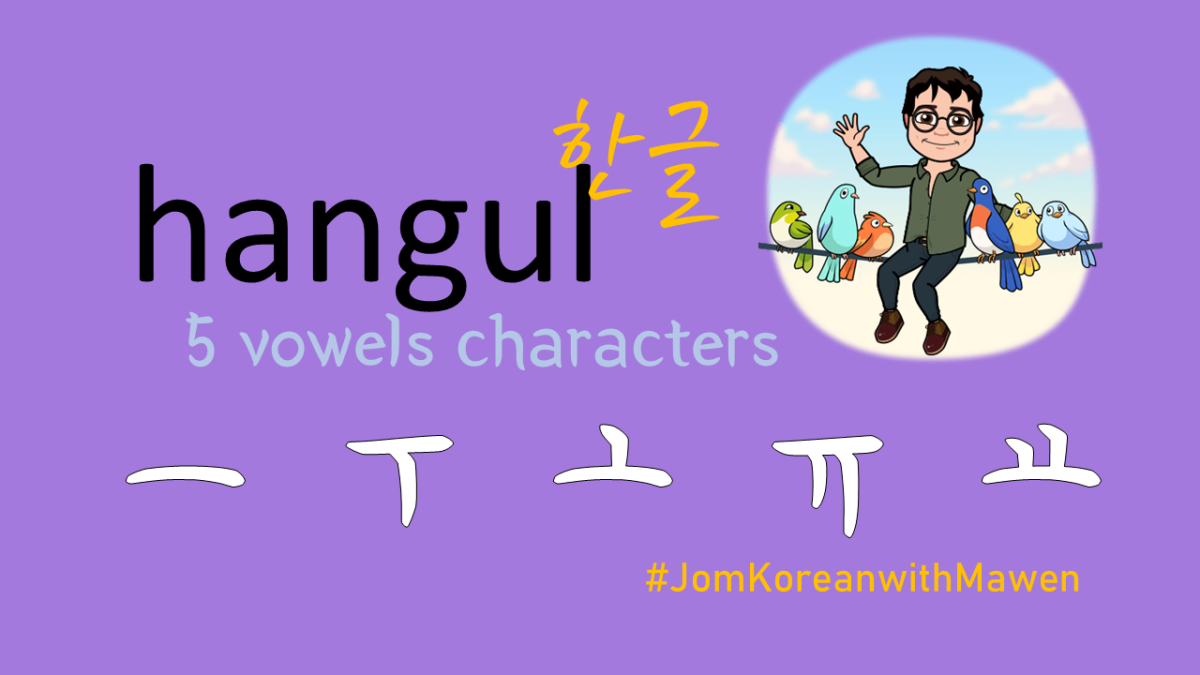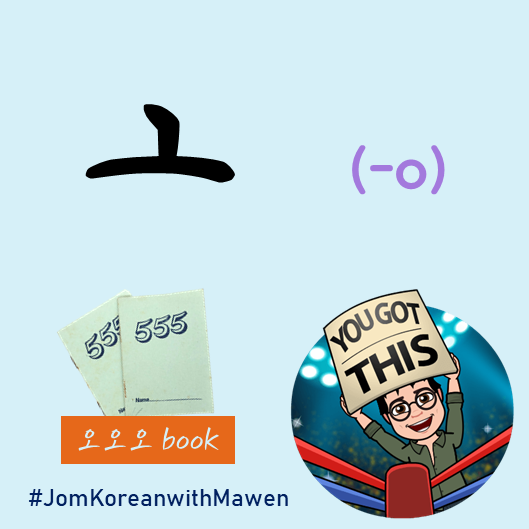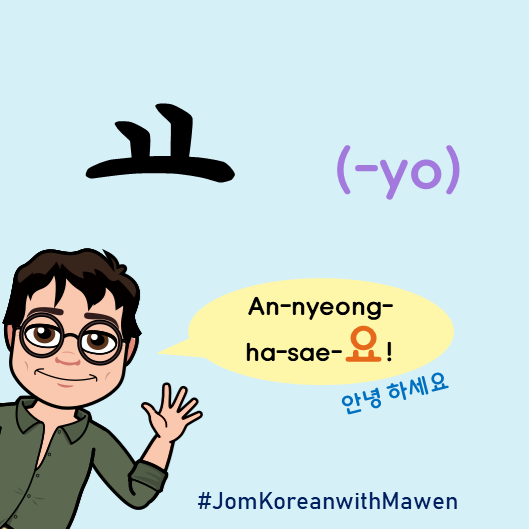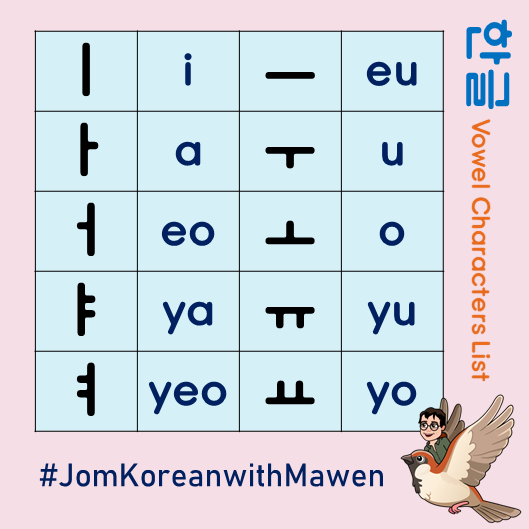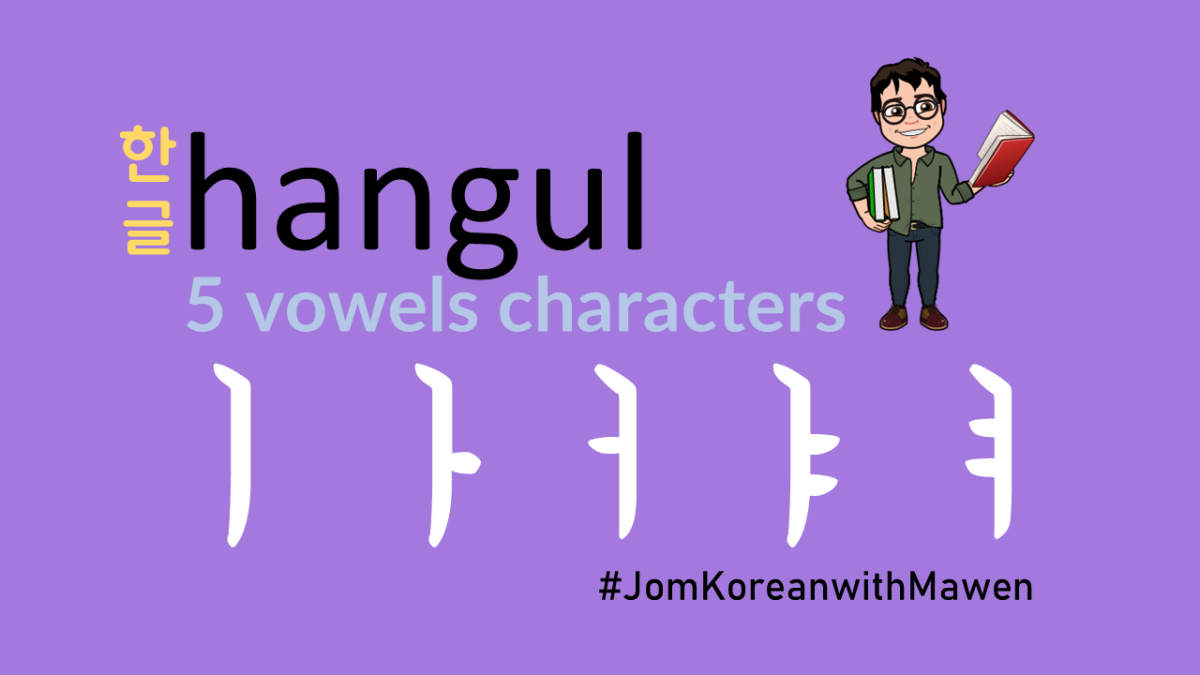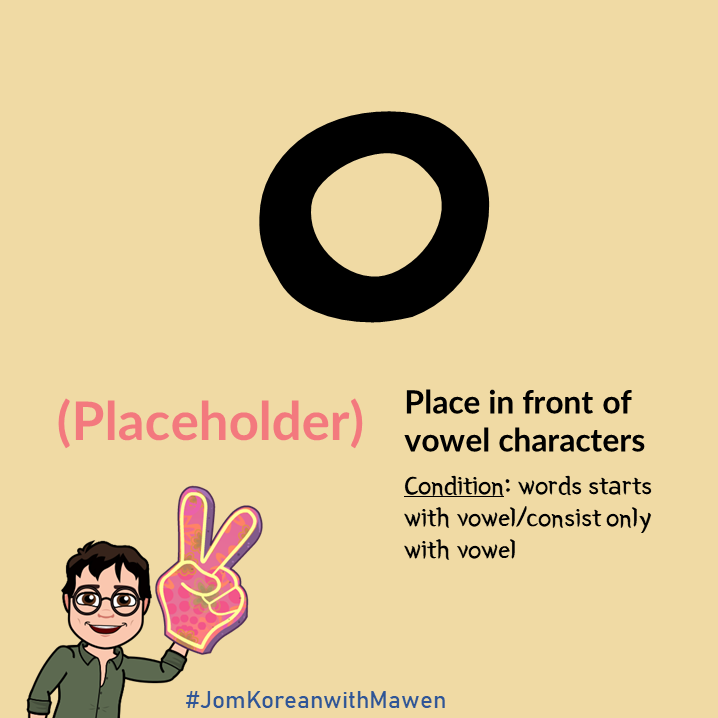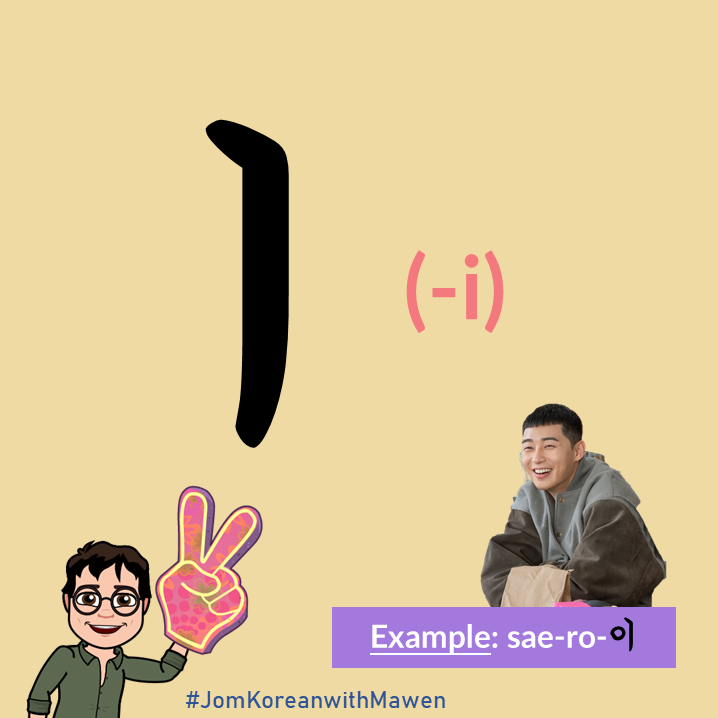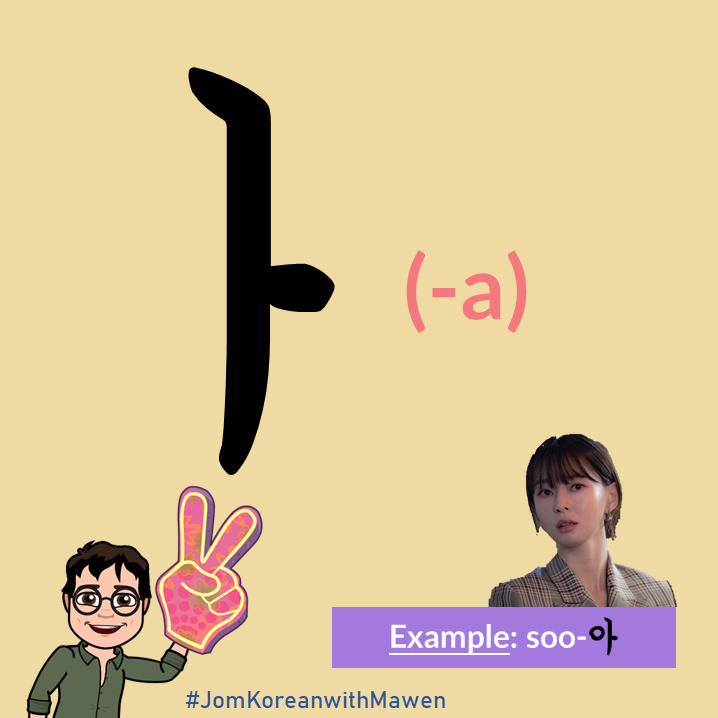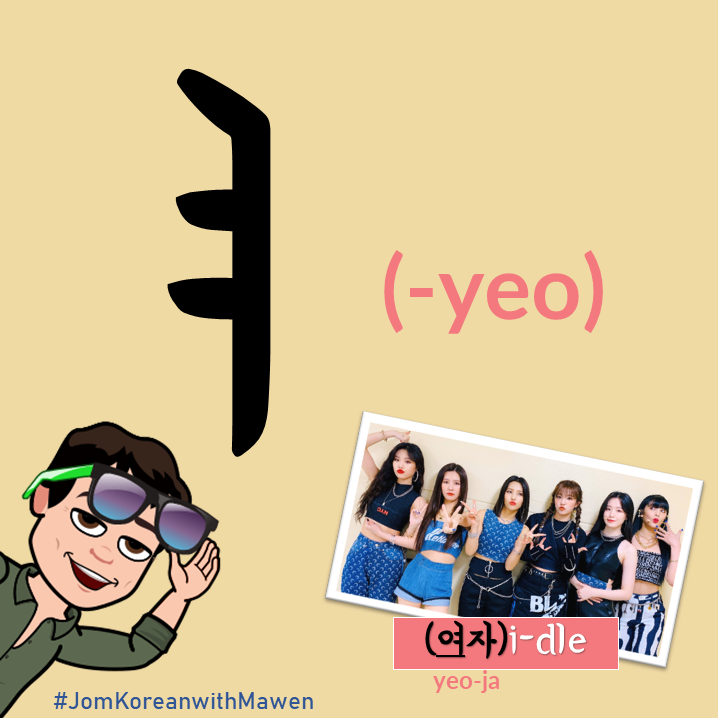Last lesson, we learnt about the Sino numbering system of Korean from 0 to many many numbers. If you have not gone through, please go back to the lesson here so you can count numbers in Korean with 일(1), 이(2), 삼(3), 사(4) all the way to 구천구백구십구억 구천구백구십구만 구천구백구십구(999,999,999,999).
Practice saying 9 to 999999999 in Korean!
The second system is the Native Korean Number System which is completely different from it’s pronunciation. This system is used mostly on counting, for example:
Eg, 1 puppy : 강아지 한 마리
5 books : 책 다섯 권
So instead of using Sino Korean in counting, Koreans use their native system. However, the two systems are exactly different including how we form numbers after 10. Let us learn how we count from 1 to 10 first!
- 1 – 하나 (ha-na)
- 2 – 둘 (dul)
- 3 – 셋 (set)
- 4 – 넷 (net)
- 5 – 다섯 (da-seot)
- 6 – 여섯 (yeo-seot)
- 7 – 일곱 (il-gob)
- 8 – 여덟 (yeo-deol)
- 9 – 아홉 (a-hop)
- 10 – 열 (yeol)
For numbers after 10, the system works similarly like English number system, as we have terms for each double digit numbers. For example, twenty(20) and thirty(30) so on. To count for each number after 10, we have to memorize these 10 number words as well.
- 20 – 스물 (seu-mul)
- 30 – 서른 (seo-reun)
- 40 – 마흔 (ma-heun)
- 50 – 쉰 (swin)
- 60 – 예순 (ye-sun)
- 70 – 일흔 (il-heun)
- 80 – 여든 (yeo-deun)
- 90 – 아흔 (a-heun)
Then we will go to how to combine these two series of words (1-10) and (10-90) in constructing numbers up to 99. This is very similar like English numbering system.
For example: 21 – Twenty(20) + Five(5) (in English)
For Korean example: 21 – 스물(20) + 다섯(5)
*this pattern works for number 11-19 as well (unlike English)
More example in Native Korean numbers:
- 17 – 열일곱 (10+7)
- 38 – 서른여덟 (30+8)
- 69 – 예순아홉 (60+9)
- 93 – 아흔셋 (90+3)
Fun Fact!
Korean Native numbers after 100 is less common and rarely being used! Even when counting item more than 10, most Koreans will use Sino numbering system as it’s much more easier to memorize (except for age).
As you have learnt both Sino and Native Korean Numbering systems, we will go to the application in the next lesson! So stay tune. 😀
Here are some videos you can refer to when learning Native Korean numbers!
Author

Melvin Tan
Content Manager (Language)
Online Supporter of Korean Embassy in Malaysia
Bio-science student in Universiti Teknologi Malaysia
Korean Enthusiasts
Korean learner for 10 years, but still amateur
Instagram: @tanmawen

